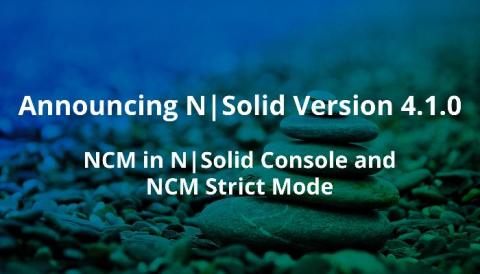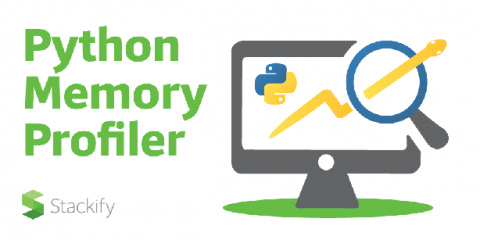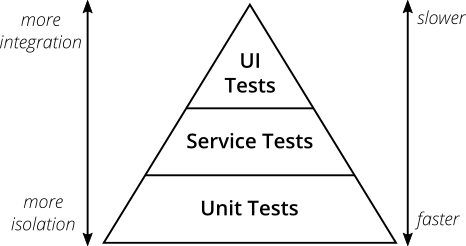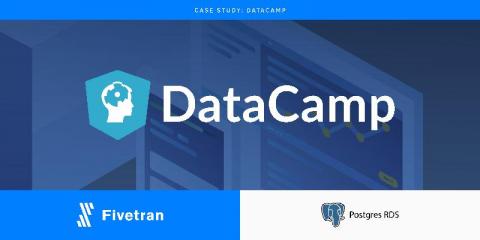Systems | Development | Analytics | API | Testing
%term
20 Tips for Optimizing your Homepage for Search Engines
Use Annotations to Explain Why Things Are Happening Directly In Your Dashboards
Automation Testing for Agile teams | How to Make it Right
The world is witnessing the rise of Agile methodologies in software development. They require a new approach to software testing, which must well align with the nature of Agile, a fast-moving philosophy. Test automation was not born to serve Agile teams, however, it makes Agile testing- a crucial part of the Agile concept- achievable. This article shows all essentials for the implementation of automation testing for Agile teams.
Announcing N|Solid Version 4.1.0 - NCM in N|Solid Console and NCM Strict Mode
We are excited to announce NSolid 4.1.0, which introduces NodeSource Certified Modules NCM in NSolid console and NCM Strict Mode. NodeSource Certified Modules provides you and your teams with actionable insights into the risk levels that are present in your use of third-party packages. Using a series of tests, we score packages on npm to look for a number of weighted criteria. With the NCM you can scan your projects, for existing security vulnerabilities, license concerns, code risk and code quality.
Top 5 Python Memory Profilers
According to the Stackoverflow survey of 2019, Python programming language garnered 73.1% approval among developers. It ranks second to Rust and continues to dominate in Data Science and Machine Learning(ML). Python is a developers’ favorite. It is a high-level language known for its robustness and its core philosophy―simplicity over complexity. However, Python application’s performance is another story. Just like any other application, it has its share of performance issues.
Why prospects hunt us down
A few years ago, we got an evaluation form from a prospective customer wanting to understand more about what we do. In the comments they wrote... “Please don't chase me down like those bastards at Sisense” That little nugget of gold told me a lot about the way our buyers want to purchase software - everyone hates talking to a salesperson too early. So we decided to turn our sales process on its head and put all of our technical evaluation content online.
The Downfall of DOM and the Rise of UI Testing
In our last post, we looked at the multiple layers of testing and where UI tests fit into your overall architecture. In case you didn’t read it, here’s a TLDR: Testing architecture can be grouped into 3 “layers”: Layer 1 tests tiny chunks of code in complete isolation. Layer 2 tests larger pieces of code in partial isolation.
The Layers of Testing Architecture
The landscape of software testing is changing. In the hyper-competitive world of technology, speed and quality are often seen as opposing forces. We are told to “move fast and break things” if we are to succeed in getting our products into the hands of users before our competition beats us to the punch. This often times means sacrificing quality and confidence in the name of getting new features out the door.
DataCamp Builds Mission-Critical Dashboards, Not Pipelines
Data scientists and engineers at the online data science education platform focus on attribution, customer lifetime value and the ideal customer profile.











